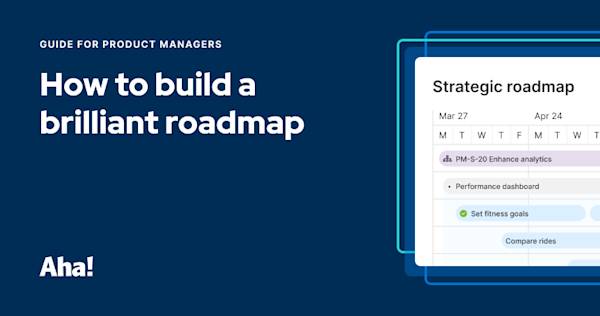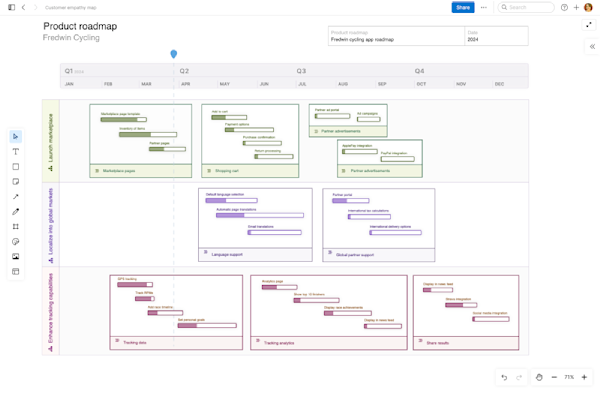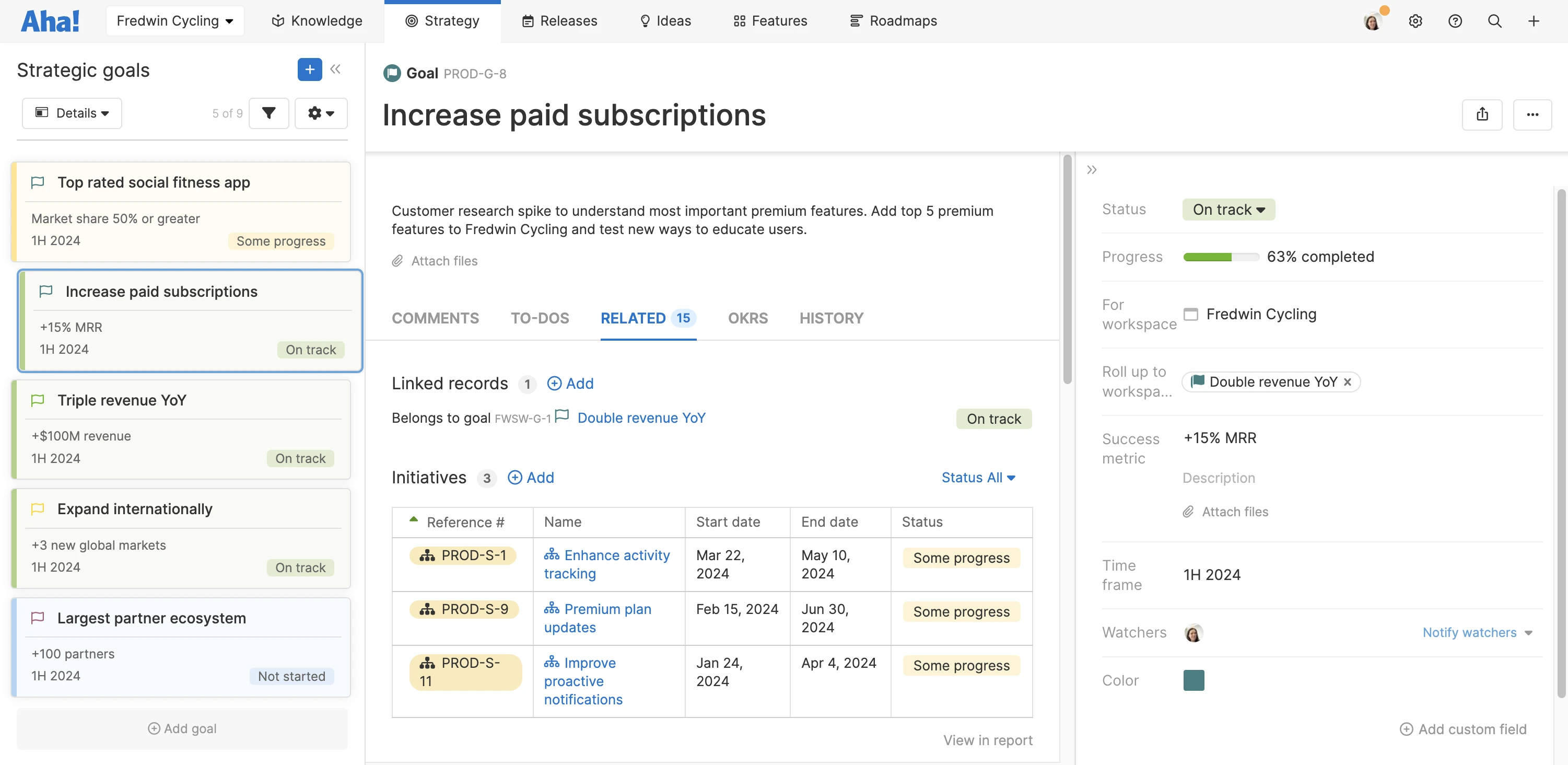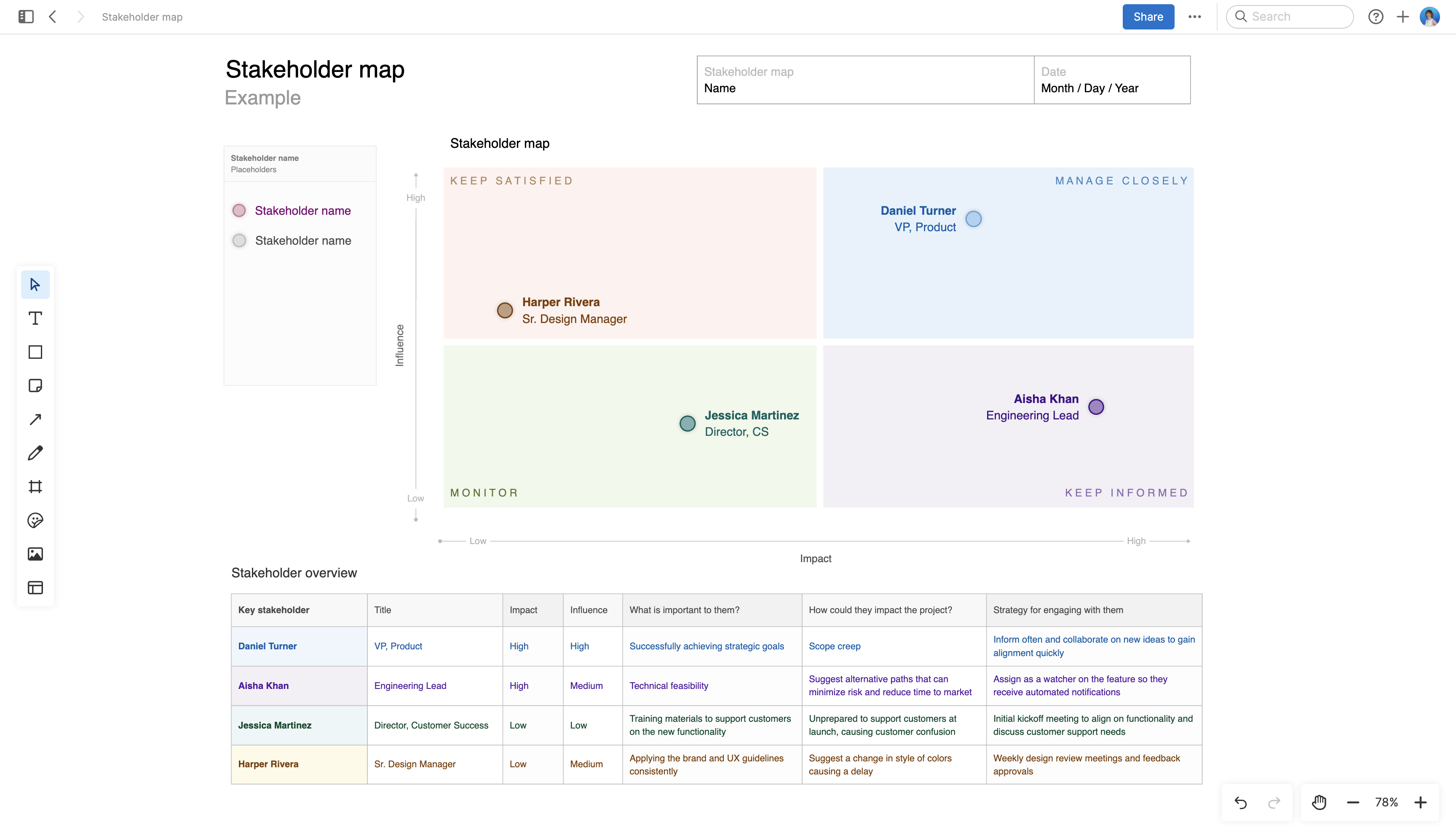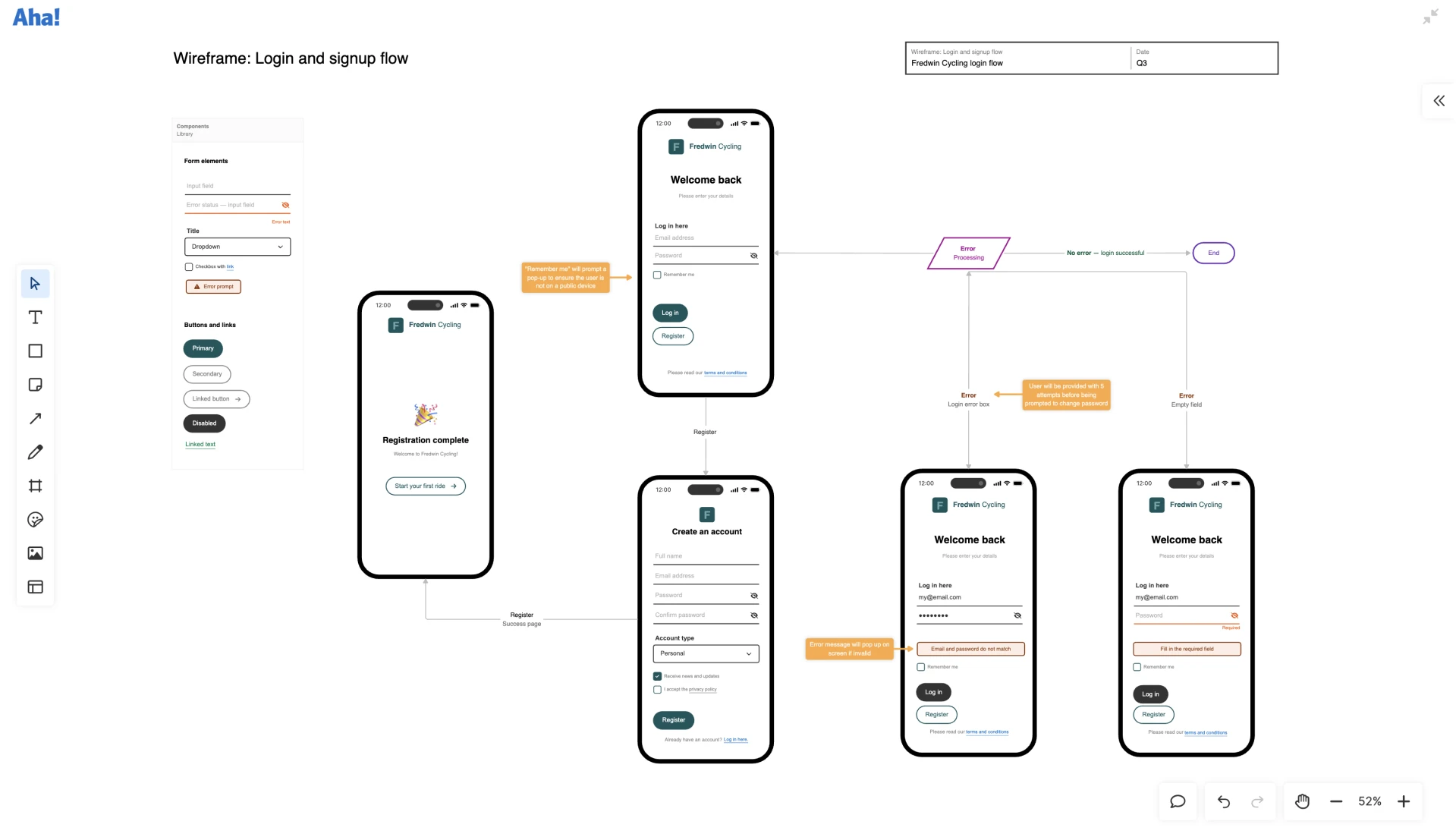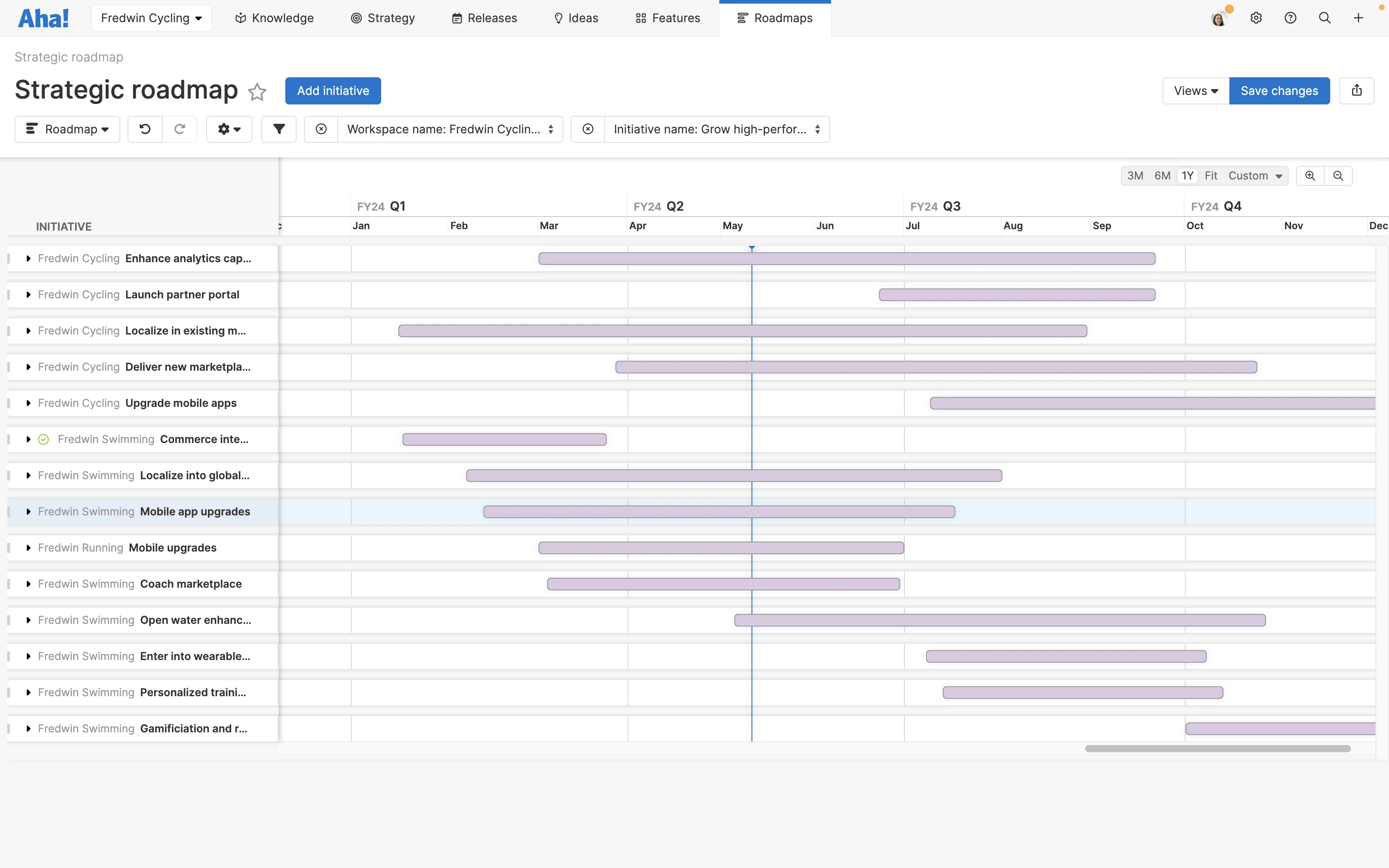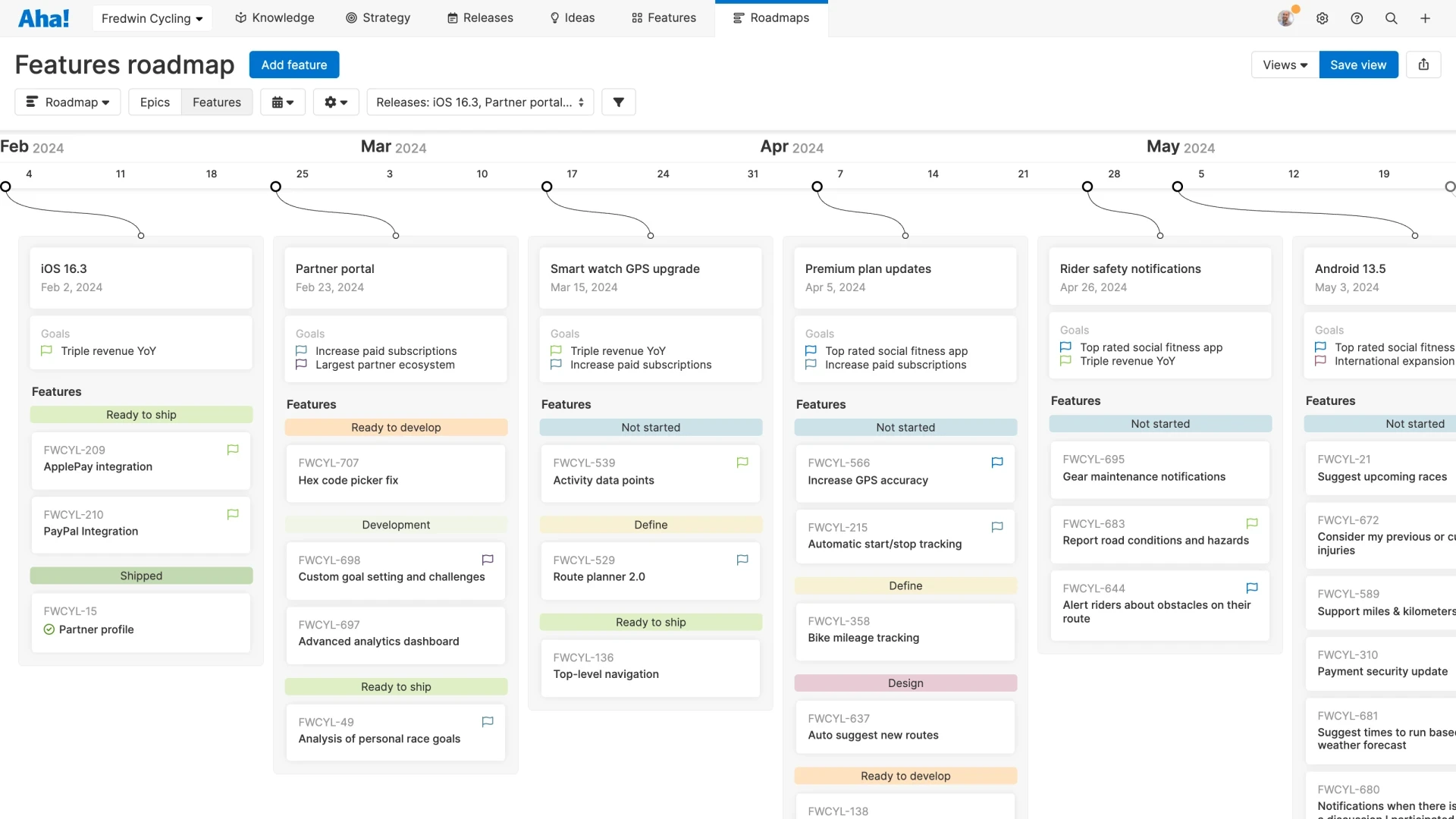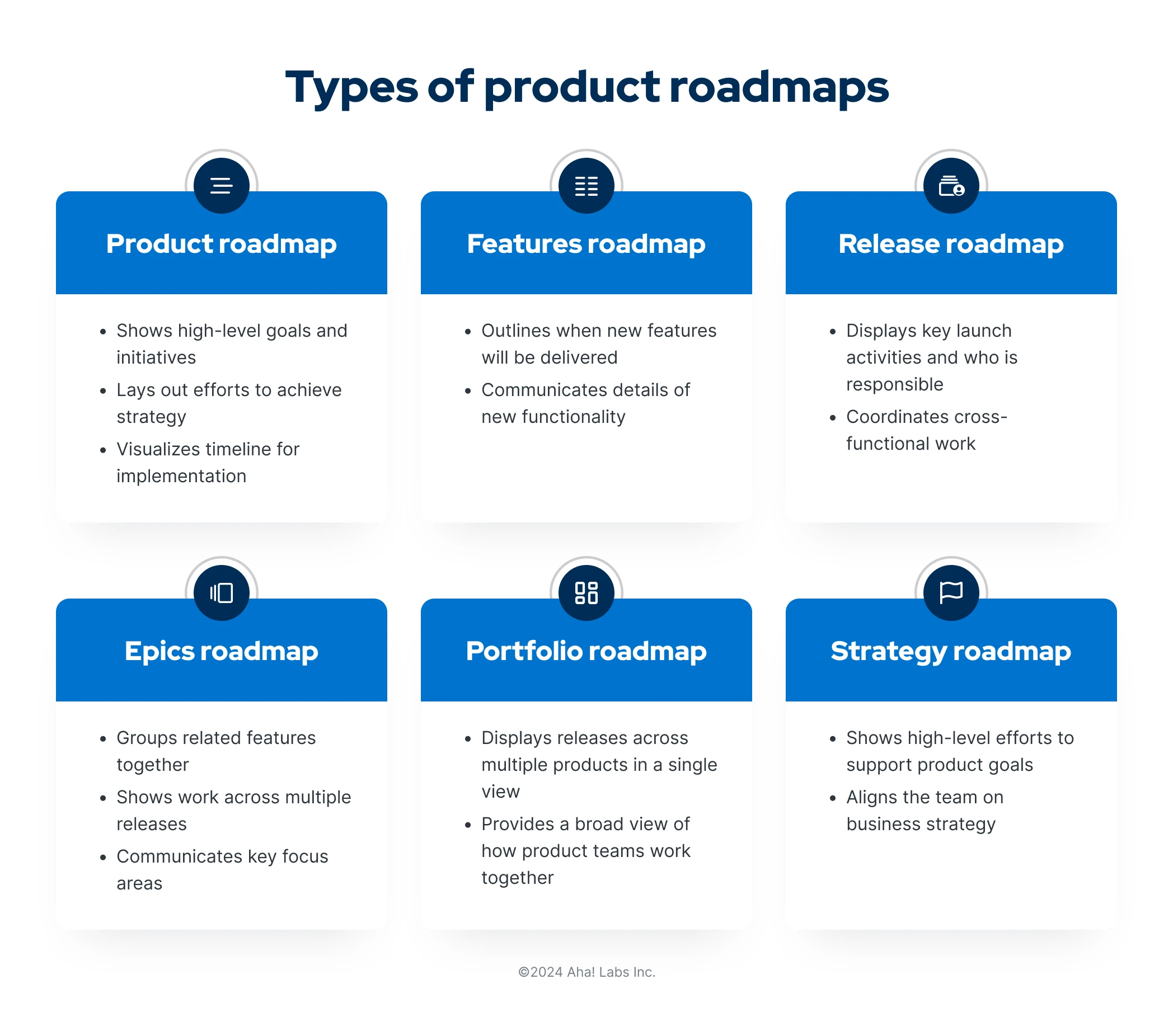How to build a roadmap for a new product
Last updated: July 2024
A product launch is an exciting privilege in many ways. It is rare that you get to be part of building something entirely new, and the energy and pressure will be high. As a product manager, you will be pulled in countless directions. You need to review market data, write positioning statements and user stories, and outline the customer journey. But one area of focus demands your full attention: the product roadmap.
New product launches contain many deliverables and dependencies from cross-functional teams. You need to account for feature definition; design and development; testing and refinement; training across marketing, sales, and support; and customer communications. A roadmap helps you center the team around a timeline — so everyone can contribute with purpose toward your common goal.
Although we will primarily explore building a roadmap for a new product here, the recommendations in this guide can apply to any new service or even new, meaningful functionality within an existing product. All of this work requires immense cross-functional collaboration and launch planning. As you get into the details, also keep in mind that how your organization builds products depends on the methodology you follow. Our approach is most applicable to software companies that subscribe to more agile practices, but it is certainly adaptable.
Let's begin! Feel free to skip around to different sections as you would like:
What is a product roadmap, and why is it important?
We built Aha! around the concept of strategic roadmapping, so we have a lot to say on the topic. If you are a PM who owns new product development, you probably have a lot to say too. But product roadmaps are likely familiar even if you are just getting started in product work.
Our take is unique because we recognize the need to connect goals and initiatives to the detailed work on a roadmap — so stakeholders and teammates can see how the work helps you achieve your product vision. In short, a product roadmap is a visual tool that communicates your goals and initiatives, maps them to feature work, and includes a timeline for delivery.
But a roadmap is not just a communication tool; it is a commitment. Laying out clear milestones and time frames holds the team accountable and drives focus. A well-crafted roadmap rallies the organization, aligning cross-functional teams around a common purpose and ensuring every action propels your new product forward.
Hear more on product roadmapping from the Aha! team below:
Editor's note: Although the video below still shows core functionality within Aha! software, some of the interface might be out of date. View our knowledge base for the most updated insights into Aha! software.
